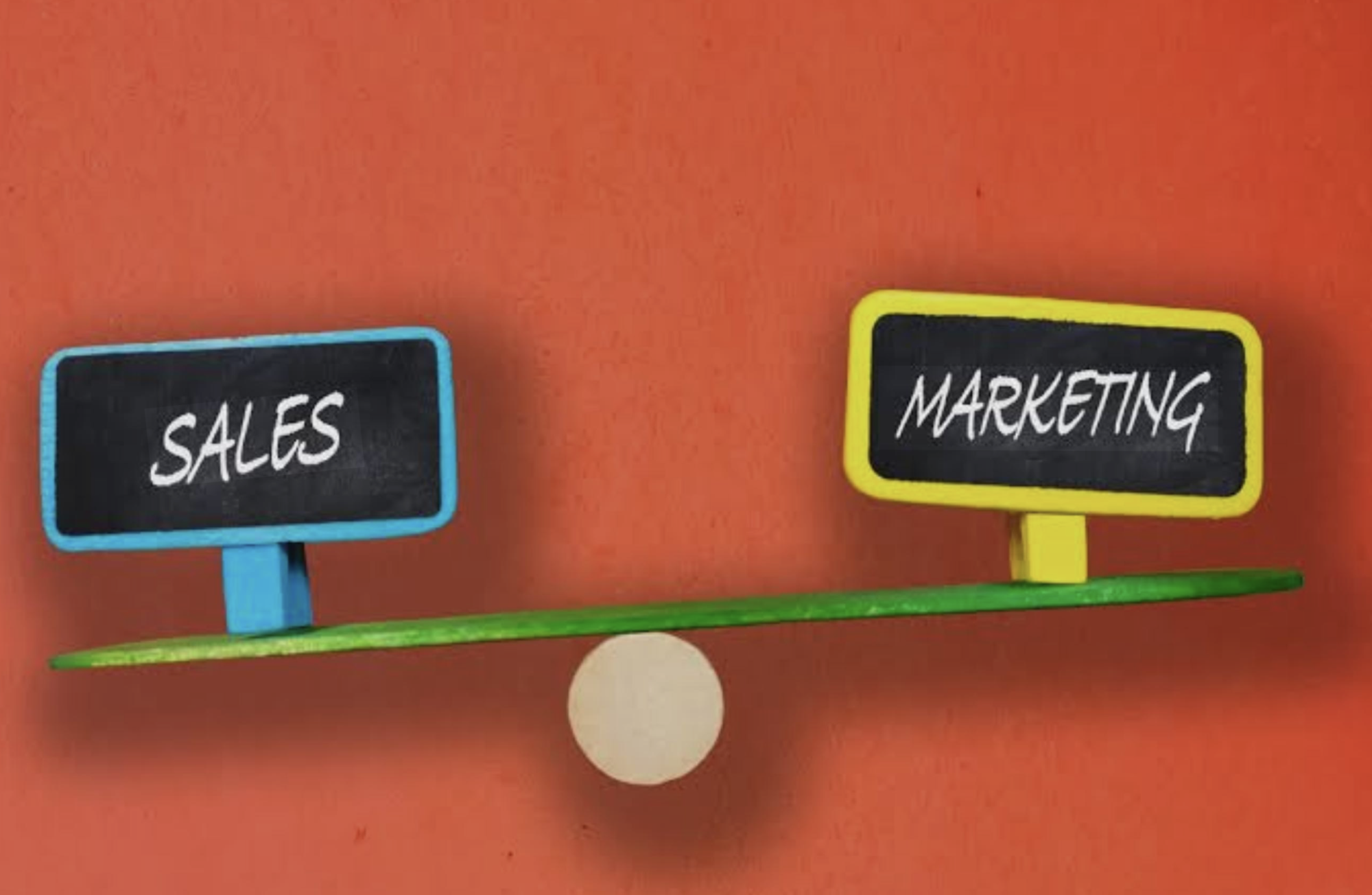For many SMEs, marketing often slips down the priority list. When work is coming in and the phone is ringing, it’s natural to focus on delivery and operations. The common thinking is:
“We’ve got sales — why worry about marketing right now?”
But here’s the hard truth:
If marketing isn’t consistent, neither is your pipeline.
Sales are a snapshot.
Marketing is the engine that keeps the pipeline moving.
The feast-and-famine trap
Most SMEs live in a cycle like this:
- Panic when sales are slow
- Throw time or money into marketing
- Win some projects
- Stop marketing to focus on delivery
- Sales dry up again
Sound familiar?
This stop-start approach creates unpredictability — and unpredictability creates stress, cash-flow problems, and limited growth.
Why consistent marketing matters
Consistent marketing builds familiarity.
In the UK B2B world, buyers tend to choose suppliers they know or have seen repeatedly — not just the cheapest. Familiarity builds trust.
Consistency beats volume.
You don’t need to post every day or produce endless campaigns. What matters is showing up regularly. A steady drumbeat always outperforms occasional fireworks.
Google, social media, and referrals are all powered by consistency.
If you disappear for months, algorithms — and people — stop seeing you.
The hidden cost of inconsistency
When marketing is paused, leads don’t just slow down – they stop.
Most SMEs then find themselves going back to cold outreach, heavy discounting, or “spray and pray” networking.
Replace this with a simple mindset:
Marketing is not an event. It’s a habit.
What consistency looks like (and what it doesn’t)
❌ Not consistent:
- Posting five times one week and disappearing for two months
- Random boosts of paid ads with no strategy
- Waiting for referrals to keep the pipeline alive
✅ Consistent:
- One useful LinkedIn post each week
- A monthly email newsletter to existing and past clients
- Tracking enquiries and knowing what channels actually bring results
Marketing consistency isn’t about loudness; it’s about reliability.
Start small: A simple weekly rhythm
For most SMEs, this is enough to stay front of mind:
| Weekly / Monthly | Activity |
| Weekly | Post something valuable on LinkedIn (advice, insight, case study, photo of project in progress) |
| Weekly | Engage with your network (5–10 meaningful comments) |
| Monthly | Send a short email update to past and current clients |
| Quarterly | Review marketing performance (what worked, what didn’t) |
That’s it.
Not overwhelming. Not expensive. Just consistent.
The 120-day rule
Most SMEs expect marketing to work immediately.
But consistent marketing is like planting.
You plant today – the growth comes later.
Give it 120 days and you’ll see:
- More enquiries
- More referrals
- Faster conversions (because people already know you)
Marketing shortens the sales cycle by warming up prospects before they speak to you.
Conclusion
Sales are the result of yesterday’s marketing.
Future sales come from today’s marketing.
If you want predictable revenue, you need predictable marketing activity behind it. You don’t need to do more marketing – you just need to do it consistently.



